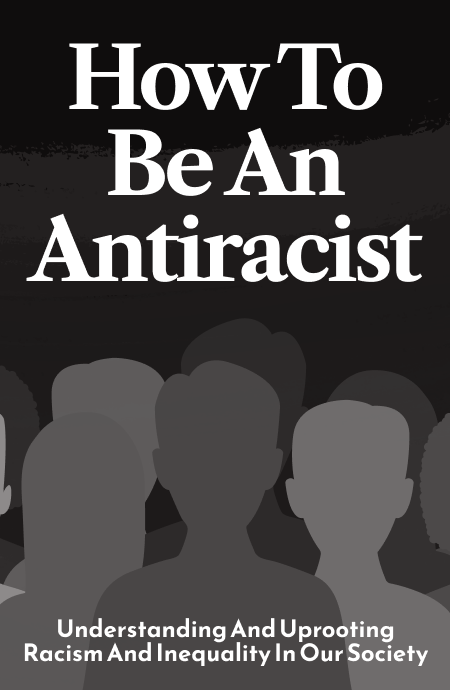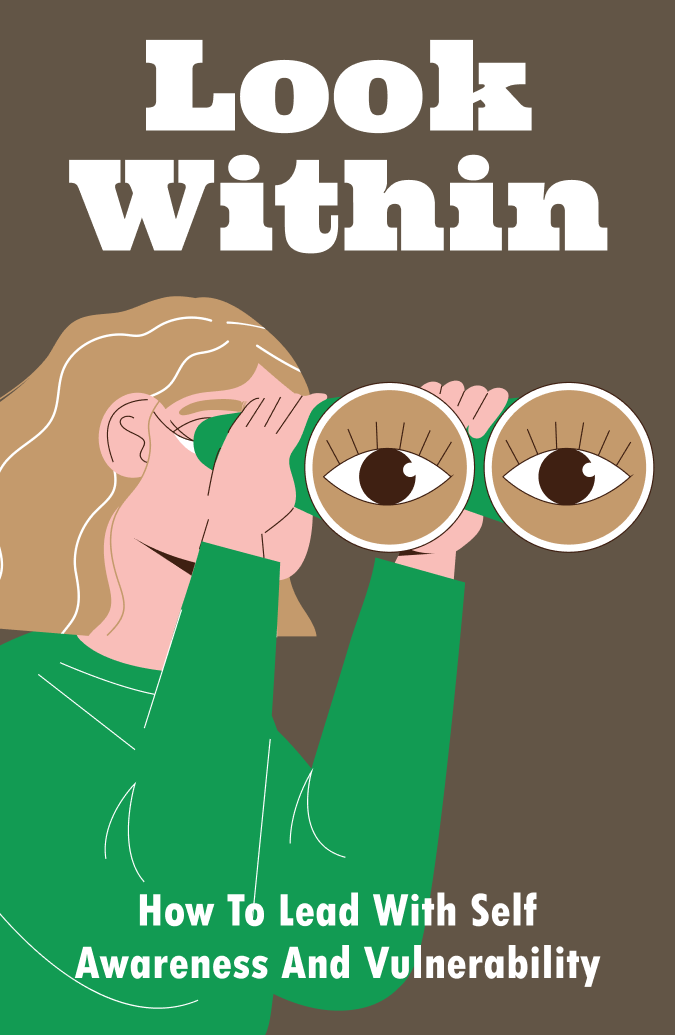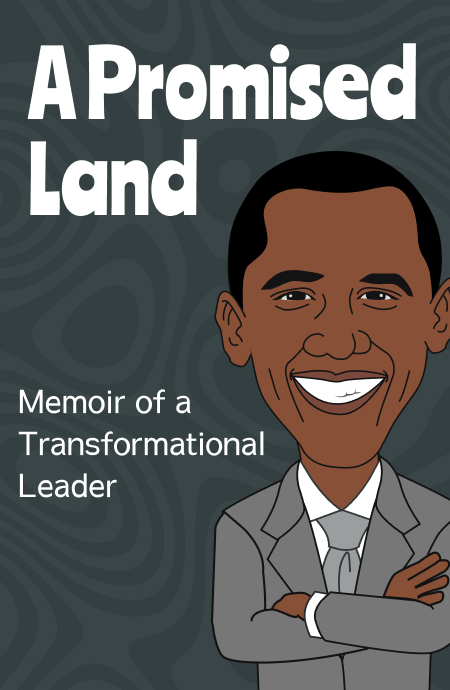Lesson 1. Introduction.
Ibram X. Kendi is the founding director of the Antiracism Research and Policy Center. In his book, How to be an Antiracist, he strongly attacks racism, and also discusses how to counter it.
In this deeply empathetic book, he shows us that, when it comes to racism, neutrality is never an option. He believes that, until we become part of the solution, we can only be part of the problem.
Whether we realize it or not, almost all of us have been involved in racism. By describing his journey from racism to antiracism, he shows us how to be a force for good.
In the process, he throws light on the various myths of the post-racial society. Colorism and the similarities of cancer and racism are also talked about. He explains to us how to detect racist policies, and change them for the better.
Lesson 2. Racist policies ignite racial inequality.
Though we’re in the 20th century, racism has still not disappeared. It is present at every level of our society. At times, even the best of the ones, knowingly or unknowingly, end up making racist remarks. Sometimes, the politicians do as well. But what are racist ideas and who is a racist?
Racist ideas are those that claim the superiority of one group over another. They are constructed either biologically, culturally, or by any other aspect. A racist is a person who supports racist ideas or policies, either actively or inadvertently.
Racial inequity occurs when there are inequalities between racial groups. In a way, this occurs due to racist policies. The ideas, rules, or laws that create racial inequity are referred to as racial policies.
The concept of race was coined way back in the 15th century. Back then, the Portuguese were trading enslaved Africans. Due to their skin color, the Portuguese coined the term ‘Black race’ for the Africans.
They popularized the notion that black people are lazy, savage, and inferior. This is how racist ideas followed racist policies to justify them.
It’s racist to believe that the behavior of certain groups is inferior and that they need to change to become equal. There are no significant biological differences between races, and you are racist if you think there are.
Typically, in a society, racist policies are advocated by people, who get benefited from them. The racist ideas are made up by the racists, to explain and justify their racist policies.
Lesson 3. Racist ideas fuel myths about color.
<span style="font-weight:
Unlock Knowledge with Wizdom App
Explore a world of insights and wisdom at your fingertips with the Wizdom app.
 1 Million+ App Download
1 Million+ App Download  4.9App Store Rating
4.9App Store Rating 5000+Summaries & Podcasts
5000+Summaries & Podcasts









